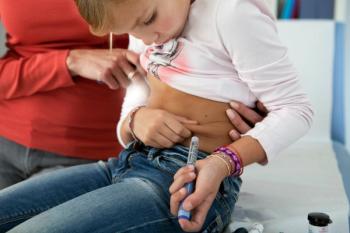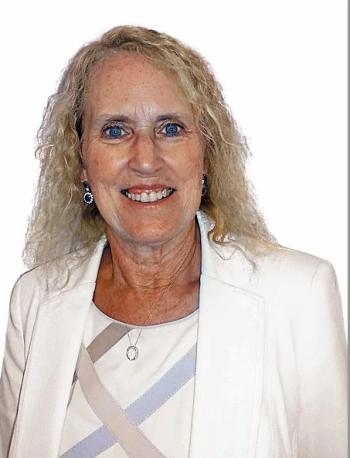
Preparing for change
Donna Hallas, PhD, PPCNP-BC, CPNP, PMHS, FAANP, FAAN, asks if health care providers are ready for this post pandemic world following the declaration of the end of the global health emergency from WHO in May 2023.
Post pandemic to endemic status: are we ready?
On May 11, 2023, 3 years and 2 months after the World Health Organization (WHO) had declared COVID-19 a pandemic,1 WHO announced that COVID-19 was no longer a global health emergency and recommended that the virus be managed like other infectious diseases.2 Now classified as an endemic, are we, as health care professionals (HCPs), prepared for this change? Have we planned strategies to keep all infants, children, adolescents, young adults, and their parents who enter our health care settings safe? Are practices in place to keep all staff and all health care providers safe? And, equally as important, do our patients and their parents understand and know how to manage an endemic infectious disease that has caused chaos over the last 3 years?
Insights from an emerging post pandemic world
In the article by Andrew Schuman, MD, “What are the health care protocols in a post pandemic world?” provides insights into both positive and hesitant emotions expressed by his health care staff as they experienced removing masks. Schuman acknowledges the importance of safeguarding staff from respiratory infections. He reports that some staff and providers have continued to wear masks during office hours. He discusses the current COVID-19 immunization status of the pediatric populations.
The endemic dilemma: parents need guidance
As health care providers, we know that individuals continue to contract COVID-19; that the virus continues to mutate, with the most recent variant in young children presents as fever and conjunctivitis3; and that some individuals will have mild symptoms while others develop symptoms of long COVID. The dilemma for health care providers is that except for individuals with known high-risk factors, we cannot, with our usual degree of evidence-based scientific confidence, provide anticipatory guidance regarding outcomes for our patients who contract COVID-19 during this endemic phase. What we can do is provide the best available information and resources to guide parent as well as school-age children and adolescents to help them make good personal decisions.
Recently, I was speaking with a parent who was ill with COVID-19. The parent was not aware of any guidance and had not thought about isolating in her home or wearing a mask in the home or wearing a mask for a total of 10 days when out of the home. I provided her with the most recent guidance for post pandemic from the Centers for Disease Control and Prevention (CDC) which is located on the internet:
Guidance for health care professionals
The CDC also has guidance for health care providers that can be found here5:
Providing guidance to parents, children, and adolescents before they are exposed or contract COVID-19 not only protects their families and communities, but also protects the pediatric office staff and the health care providers as well. Parents who know, understand, and follow the guidance, may be less likely to come to a pediatric office when they may have COVID-19 and thus spread it to young infants or children who are in the office for their well visits.
References
- WHO Director-General’s opening remarks at the media briefing on COVID-19 – 11 March 2020. World Health Organization. March 11, 2020.Accessed May 18, 2023
https://www.who.int/director-general/speeches/detail/who-director-general-s-opening-remarks-at-the-media-briefing-on-covid-19---11-march-2020 - Fact Sheet: End of the COVID-19 Public Health Emergency. US Department of Health and Human Services. May 9, 2023. Accessed May 18, 2023.
https://www.hhs.gov/about/news/2023/05/09/fact-sheet-end-of-the-covid-19-public-health-emergency.html - Hazanchuk V. Pink eye may be a symptom of covid-19 in children. American Academy of Ophthalmology. April 21, 2023. Accessed May 25, 2023.
https://www.aao.org/eye-health/news/pink-eye-symptom-covid19-coronavirus-children - End of the Federal COVID-19 Public Health Emergency. Centers for Disease Control and Prevention. May 11, 2023. Accessed May 22, 2023.
https://www.cdc.gov/coronavirus/2019-ncov/ - Ending Isolation and Precautions for People with COVID-19: Interim Guidance. Centers for Disease Control and Prevention. August 31, 2022. Accessed May 22, 2023.
https://www.cdc.gov/coronavirus/2019-ncov/hcp/duration-isolation.html
Newsletter
Access practical, evidence-based guidance to support better care for our youngest patients. Join our email list for the latest clinical updates.









